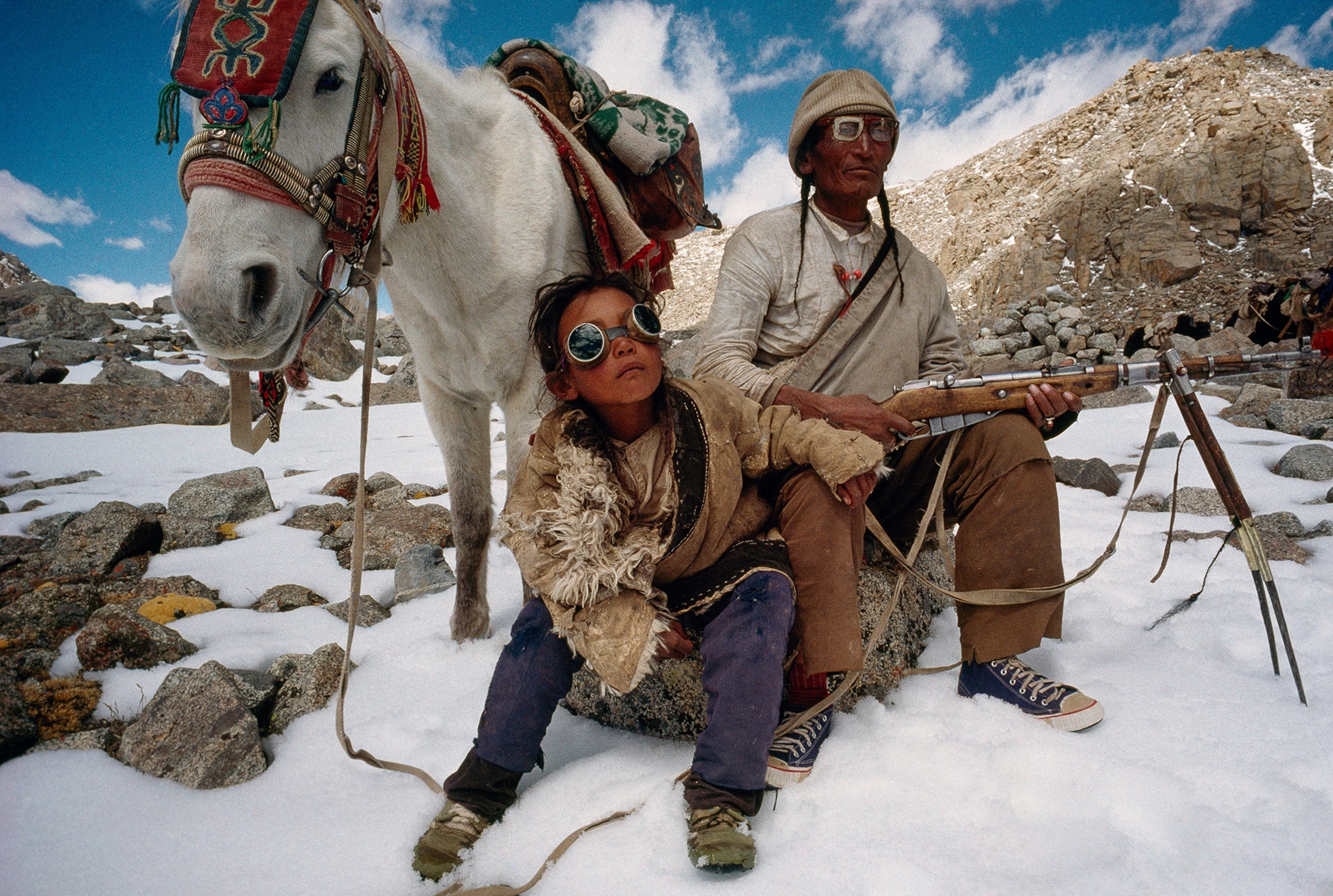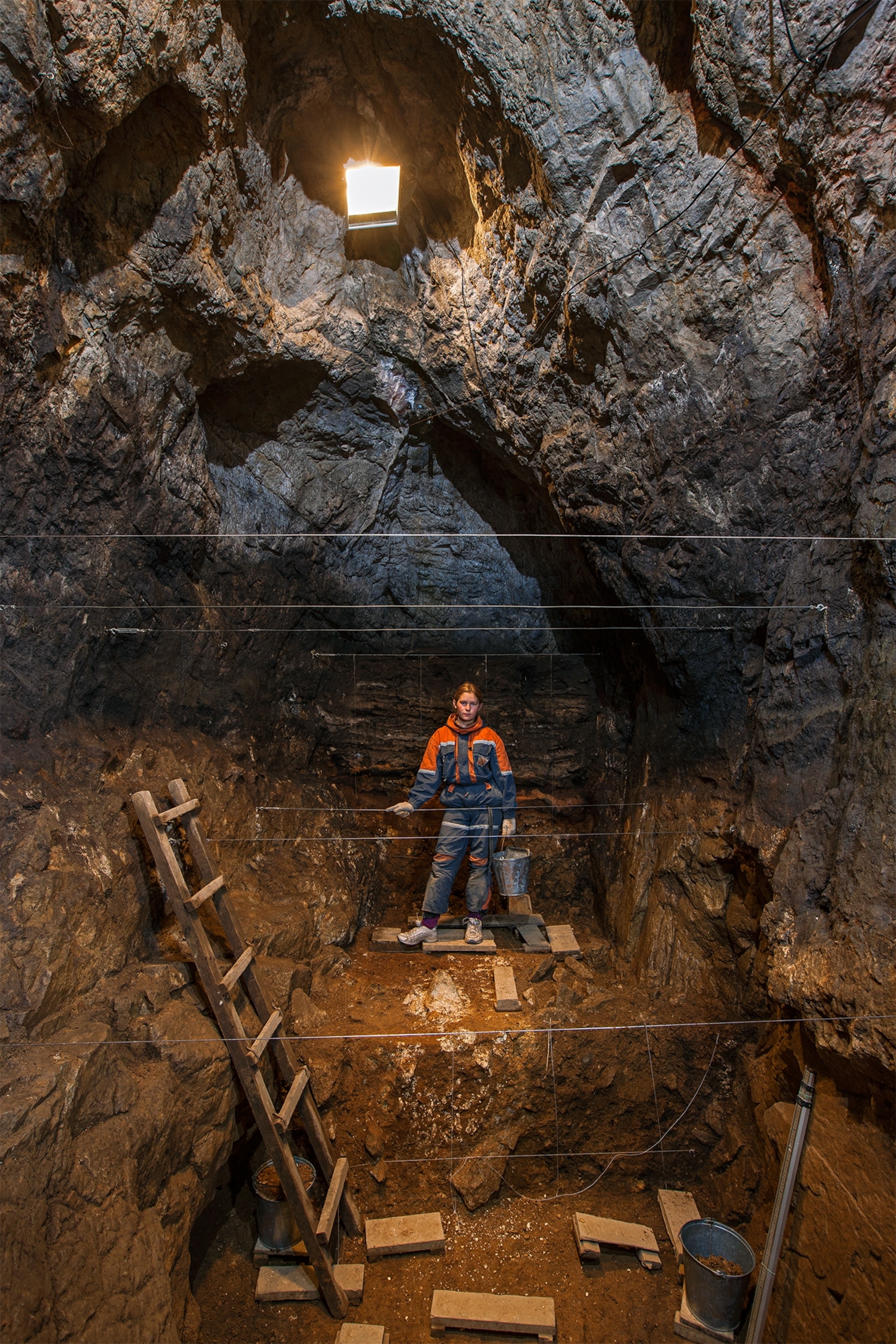
Tibetans Can Thank Ancient Humans for Gene That Lets Them Live the High Life
High-altitude adaptation may have come from interbreeding with Neanderthal relatives.
One of the most remarkable human adaptations has an origin that's not precisely human.
The physiological ability of ethnic Tibetans to thrive at miles-high elevations, unaffected by oxygen levels that leave lowlanders gasping, appears to have originated with Denisovans, a close relative of Neanderthals.
Following on the news earlier this year that many modern humans have quite a bit of Neanderthal DNA, the finding is the latest example of the complex anthropological tapestry that is our genome. It also hints at a perhaps underappreciated reason for Homo sapiens' tremendous success: After leaving Africa, our ancestors picked up traits from the locals.
"Maybe this happened many times throughout human history, and we just happened to detect it this time," said computational biologist Rasmus Nielsen of the University of California, Berkeley. "It suggests that getting genes from other species might have been important to our evolution."
Nielsen's group published their findings Wednesday in Nature.
A Gene for High-Altitude Living
In an earlier study, Nielsen and colleagues observed that modern Tibetans have a different form of a gene called EPAS1, which is involved in a metabolic pathway that regulates the body's response to low-oxygen conditions. Though the researchers don't know exactly how that mutation operates, they suspect it plays an important role in the ability of Tibetans to thrive at high altitudes.
When people from places nearer to sea level become acclimatized to mountain altitudes, their bodies adapt by increasing the amount of hemoglobin in the blood. In Tibetans, though, hemoglobin doesn't increase as much, which may help them avoid the cardiac problems associated with high levels of the oxygen-carrying protein.
Tibetan women have further advantages. They are less susceptible to high blood pressure during pregnancy and have less difficulty giving birth at high altitudes than other women.
But the high concentration of the EPAS1 mutation among Tibetans didn't fit with known patterns of human migration, says Nielsen. Nobody could figure out where the gene came from.
Enter the Denisovans, a Homo species first identified from bone fragments found in 2010 in a cave in southern Siberia. Though tiny, those fragments yielded a near-complete genome.
In the new study, Nielsen's group compared DNA from 40 Tibetans and 40 Han—the dominant ethnic group in China—with the Denisovan genome. The Denisovan EPAS1 gene, they found, almost completely matches the one found in Tibetans.
"The probability of getting a pattern like this with no introgression," said Nielsen, using the technical term for genes from one species moving into another through interbreeding, "is zero."
Humans and Denisovans likely interbred 30,000 to 40,000 years ago, Nielsen said. There didn't need to be much mixing—just enough to add a bit of Denisovan DNA to the local human gene pool. Then, as humans moved onto the Tibetan plateau, the Denisovans' EPAS1 mutation likely proved useful and was so strongly favored by natural selection that it's now widespread among the people in that region.

Meeting the Locals
Svante Pääbo, an evolutionary geneticist at the Max Planck Institute for Evolutionary Anthropology in Leipzig, Germany, whose group originally sequenced the DNA in the Denisovan fossils, agreed with the results of the new study. "It shows that one of the most spectacular cases of adaptation in humans has its roots in Denisovans," said Pääbo.
It's not yet clear, however, that the EPAS1 gene worked in the same way in Denisovans as it does in Tibetans, said paleoanthropologist Chris Stringer of London's Natural History Museum. Nevertheless, the finding "provides yet another example of the patchwork additions that were made to our genome following interbreeding events with our ancient relatives," he said.
Nielsen suspects this scenario played out many times in prehistory, allowing modern humans—who left Africa an estimated 60,000 years ago, an evolutionary eyeblink—to adjust rapidly to new surroundings. "Instead of waiting for mutations to arise, we mate with the locals who are already adapted," he said.
There may have been cultural introgression, too. It's quite likely that humans picked up not only new genetic mutations but also new knowledge, Nielsen said. For now, though, we only know of the genetic evidence that survived.
"Gene flow from archaic humans has been important for the physiology of present-day humans," said Pääbo. "Probably more examples of this will be found in the future."




